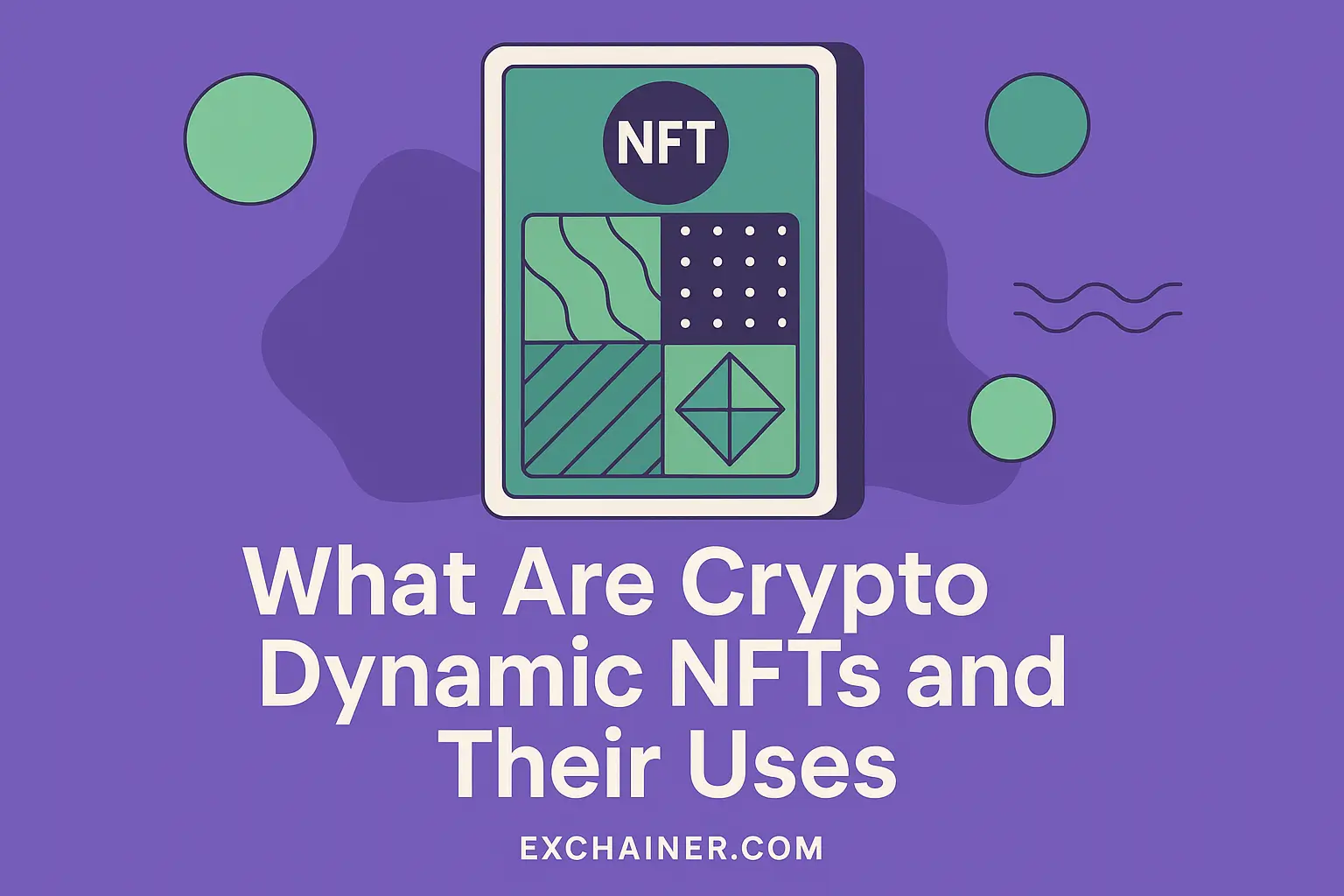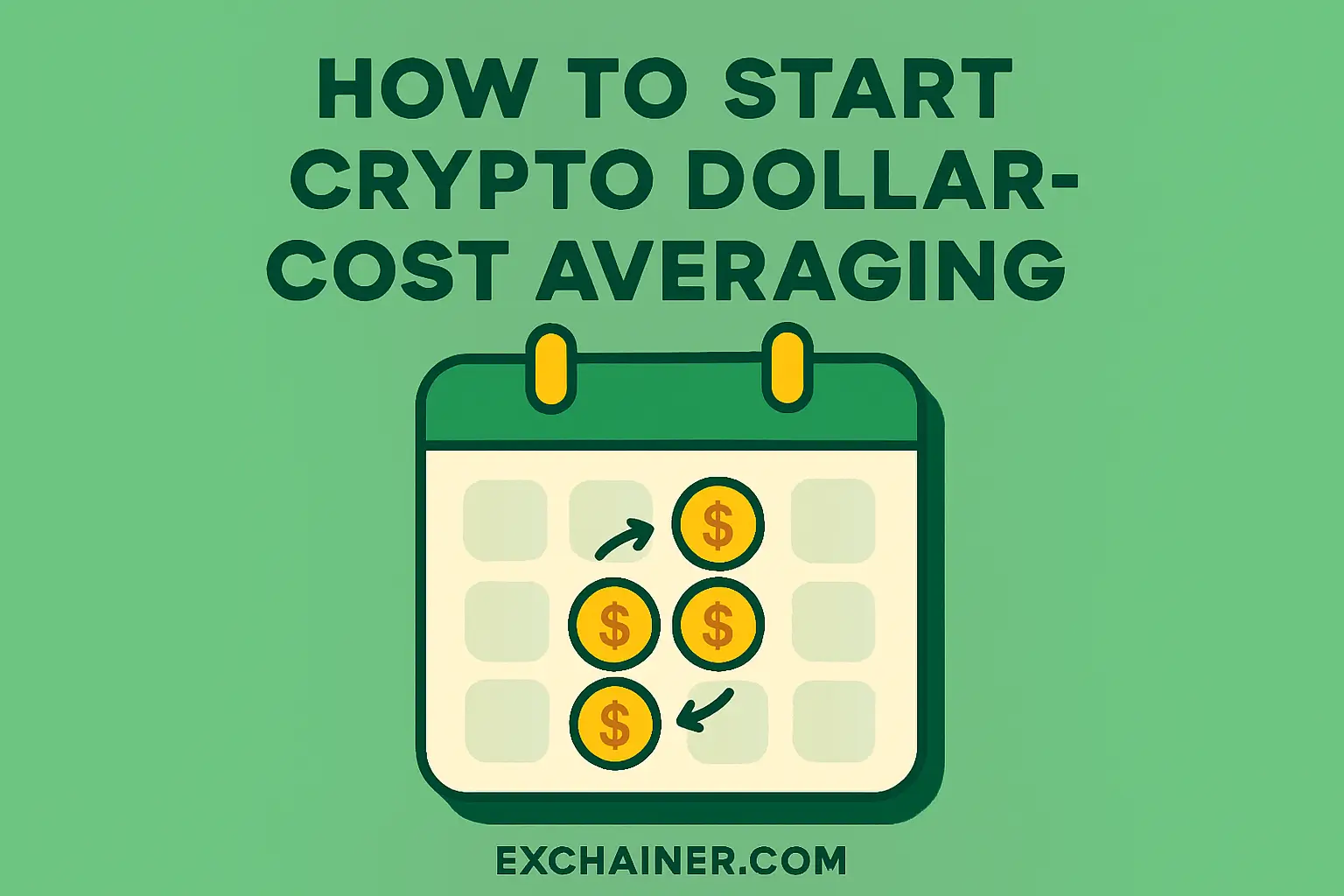Understanding the Importance of Market Adoption in Cryptocurrency
Friends, if you've dipped your toes into the world of crypto, you've probably heard the term "market adoption" thrown around a lot. But what does it really mean, and why should you care? Simply put, market adoption refers to how widely a cryptocurrency or blockchain technology is accepted and used within the broader economy. It's the stage where crypto moves from being just an idea or investment asset to becoming an everyday part of people’s financial lives.
In this beginner guide to market adoption, we’ll walk you through why adoption is a key factor that can make or break a digital currency's success. You see, a cryptocurrency might have solid technology behind it and a great development team, but if no one uses it, its value and utility might remain limited. On the flip side, a widely adopted crypto can fuel huge demand, increase liquidity, and drive prices higher.
If you're serious about investing or trading cryptocurrencies, understanding market adoption will give you a solid edge. It's like buying a stock — you want to know that there’s demand for the product or service behind the ticker. So, whether you're a newbie looking to grasp crypto basics or an intermediate enthusiast aiming to step up your research game, this article is packed with insights to help you decode market adoption and use it as a tool in your crypto journey.
Let's dive in and break down what market adoption means, how to analyze it, and where to find reliable data to make smarter decisions.
What Exactly Is Market Adoption in Crypto?
Market adoption in the context of digital currency refers to the extent to which a cryptocurrency is accepted as a medium of exchange, a store of value, or a utility token within the broader market ecosystem. Think about how you use cash or credit cards daily — market adoption in crypto signals that people, businesses, and systems are actively using that cryptocurrency for transactions, contracts, or other practical use cases.
Key Components of Market Adoption Include:
- User Base Growth: How many people actively use the cryptocurrency’s wallet or platform?
- Merchant Acceptance: The number of businesses or services accepting the crypto for payments.
- Transaction Volume: Daily or monthly transaction numbers reflecting real use.
- Integration with Financial Systems: Whether exchanges, payment processors, or wallets support the crypto.
- Developer Activity: Projects and initiatives that enhance usability and infrastructure.
Understanding these elements helps you assess whether a digital currency is gaining real traction or just floating in the hype bubble.
Is Market Adoption the Same as Popularity?
At first glance, they might seem similar, but popularity often refers to hype or social media buzz — like an NFT project trending on Twitter. Market adoption is more grounded in tangible, practical use. For example, Bitcoin has huge popularity but its market adoption is proven by millions of wallets, thousands of merchants accepting it, and robust infrastructure supporting it globally.
Why Does Market Adoption Matter for Crypto Investors and Traders?
You might wonder, "Why is market adoption such a hot topic in crypto trading?" Well, it’s because adoption is one of the most reliable indicators of a cryptocurrency’s long-term potential. Here’s why:
1. Drives Demand and Price Stability
When more people use crypto for payments, remittances, or decentralized finance (DeFi) applications, demand increases. Think of it like the classic economics equation: higher demand and limited supply push value upward. This can lead to price appreciation and less volatility over the long run.
2. Improves Liquidity
Market adoption means there are more buyers and sellers active in the ecosystem. High liquidity is a trader’s dream because it allows you to enter and exit positions quickly without large price slippage.
3. Reflects Real-World Use Cases
Adoption indicates that blockchain technology is solving actual problems — from cross-border payments to decentralized identity solutions. The more useful the tech, the more likely it will sustain interest and investment.
4. Attracts Institutional Interest
Big players like hedge funds and banks look for assets with solid market adoption before jumping in. They don’t want to risk capital on coins without real-world use.
5. Signals Community and Developer Health
A growing supportive community and active developers usually accompany widespread adoption. This fuels innovation, security, and project longevity.
Real-World Example: Ethereum’s Market Adoption
Ethereum started as a platform to build decentralized applications (dApps). Early on, only a niche group of developers and crypto enthusiasts used it. But over the years, market adoption exploded thanks to DeFi protocols, NFTs, and smart contracts. Today, millions of users interact with Ethereum daily, trading tokens, taking loans, and more. This adoption led to Ethereum becoming the second-largest cryptocurrency by market cap.
How to Research Market Adoption: Key Metrics and Tools
Now, let's get practical. If you want to explore market adoption for any cryptocurrency, what should you look at? Here’s a detailed breakdown of the most important factors and some tips on how to use them.
1. Wallet Addresses and User Growth
Look at the number of unique wallet addresses that have held or transacted the coin. Growth in active wallets usually means more people are using the crypto. Websites like CoinMarketCap and Etherscan offer data on wallet stats for many coins.
2. Transaction Volume and Count
High transaction volume indicates real use. Compare not just the number but also the frequency and trends over time. Is transaction volume increasing steadily, or is it erratic? Tools like Blockchain.com offer live data on transaction counts.
3. Merchant Integration
Check if merchants or payment gateways accept the cryptocurrency. Partnerships with companies like BitPay or integrations with e-commerce platforms are good signs. You can visit official project websites or crypto news portals for announcements about merchant adoption.
4. Developer Activity
Visit project repositories on GitHub or similar platforms to see how active developers are. More commits and updates usually reflect ongoing improvements and adoption potential.
5. Community Size and Engagement
Strong community support often correlates with market adoption. Check social media channels, Telegram groups, Reddit, or Discord communities for activity levels.
6. Exchange Listings and Accessibility
Is the crypto listed on major exchanges? Is it easy to buy, sell, or trade? Listings on trusted platforms boost market adoption as more people can access the token.
Useful Tools to Track Market Adoption
- CryptoSlate — comprehensive crypto project profiles and adoption data
- Coin Metrics — in-depth blockchain data and metrics
- DeBank — DeFi data aggregator to track usage trends
- Project-specific block explorers — these give you transactional and wallet data specific to individual cryptocurrencies
Lifehacks to Spot Emerging Market Adoption Trends
Here’s an insider tip for my friends starting their crypto journey — stay ahead of the curve by looking beyond just price charts. Here are some strategies to help you spot early signs of mass adoption:
Monitor Airdrops and Partnerships
Airdrops — where free crypto tokens are distributed to holders or active users — are often tied to spreading adoption. For example, in 2024 alone, airdrops distributed over $500 million in tokens, attracting users to new projects. Partnerships with major companies also act as green lights for adoption.
Watch Developer Conferences and Updates
Keep an ear out for news from developer summits or major updates. Upgrades that improve scalability, user experience, or introduce new features can spur adoption.
Follow Payment Platforms and Wallet Integrations
The more payment apps and digital wallets support a cryptocurrency, the easier it becomes for users to adopt it. Check whether crypto giants like Coinbase Wallet or MetaMask add or promote certain tokens.
Check Social Sentiment, But Verify
While social media buzz can create hype, real adoption is more solid. Use sentiment analysis tools, but always cross-reference with on-chain data and transaction volumes.
Evaluate Regulatory Developments
Favorable laws and clearer regulations often encourage more people and businesses to use digital currencies safely. For example, countries that embrace blockchain tech tend to see faster adoption rates.
Practical Example: Using Adoption Data to Choose Coins
Imagine you’re researching a new altcoin. You check wallet growth and see a steady increase in unique users over three months. Transaction volume is climbing, and recently, a payment processor announced accepting it for online merchants. Developer commits on GitHub are rising, and the project’s community channels buzz with activity. This signals a promising adoption trend that might justify investment or trading decisions.
Challenges and Misconceptions About Market Adoption
Market adoption might seem straightforward, but there are some pitfalls you should watch out for:
1. Faking Adoption through Wash Trading
Some projects artificially inflate transaction volumes or wallet numbers to appear more popular. These tactics, often called wash trading, are common on less regulated exchanges.
2. Confusing Speculation with Real Use
Price pumps driven by speculation or hype don’t always translate to adoption. Always verify with data on actual transactions and merchant acceptance.
3. Overlooking User Experience
A cryptocurrency can have high adoption potential, but if the user interface is complicated or transaction fees are crazy high, people might abandon it.
4. Ignoring Regulatory Risks
Sudden regulatory crackdowns can slow or reverse adoption trends, no matter how promising the tech is.
Understanding these challenges helps you avoid chasing illusions and stay grounded in your research.
Conclusion: Building Your Market Adoption Radar
Friends, market adoption isn’t just a buzzword — it’s a vital sign that reveals a cryptocurrency’s real-world success. By learning how to research market adoption carefully, you gain a powerful tool to make wiser crypto investing and trading decisions. Look beyond the price charts and dig into wallet numbers, transaction volumes, development status, and community strength. Pay attention to merchant acceptance, exchanges, and emerging partnerships. And don’t forget to verify that the data reflects actual use and not just hype or manipulation.
Remember, cryptocurrencies that reach broad market adoption tend to be more resilient and rewarding over the long term. Whether you’re taking your first steps in the crypto world or aiming to refine your expertise, mastering market adoption research will set you apart.
Ready to deepen your crypto knowledge? Check out more beginner-friendly guides in our Crypto 101 section. Want to explore trusted trading platforms? Visit our Exchange Reviews category. And to protect your digital assets, dive into our Tools and Wallets articles for top recommendations.
Stay curious and keep learning — your crypto journey is just getting started!












